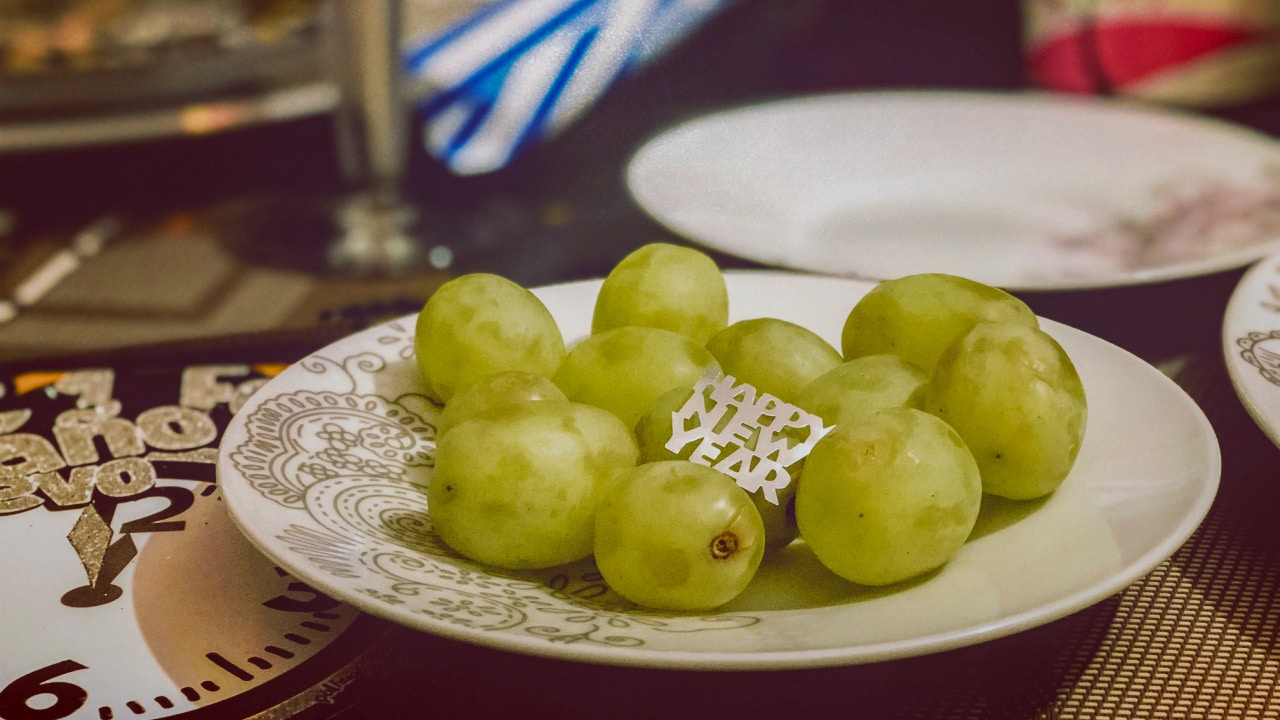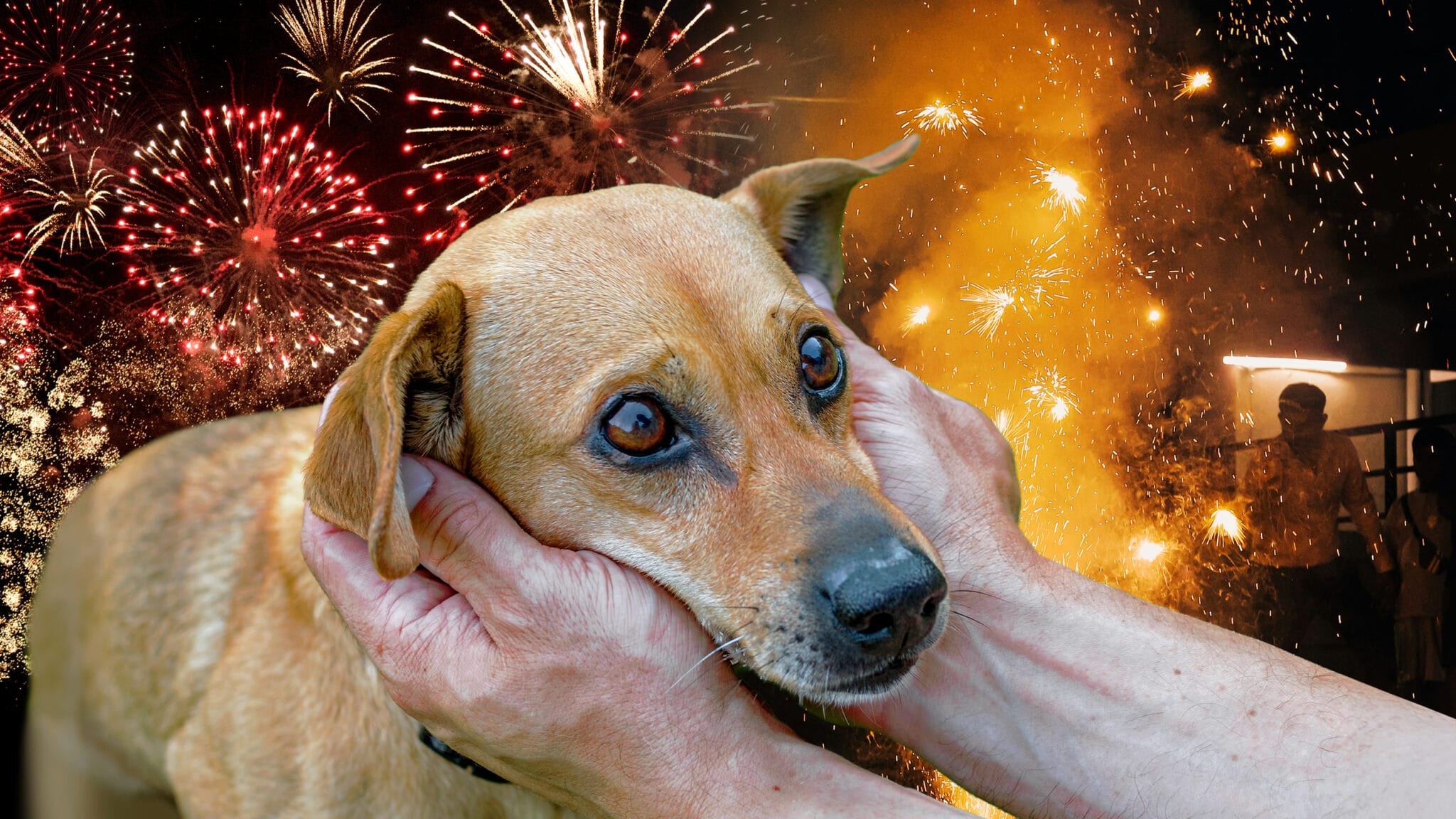Here Is An Easy Guide To Identify The Different Pride Flags You’ve Seen Flying This Month
Pride Month is coming to an end and some of you might have some questions. While we can’t break down every question you might have, we are able to give you a quick guide to identify some of the various flags you saw waving during Pride Month. Pride is all year long so some of these flags might fly long after the end of June.
Gilbert Baker Pride Flag

The Gilbert Baker Pride Flag was the original pride flag created in 1978 by Gilbert Baker. The flag was created after Harvey Milk, the first openly gay elected official, was murdered in San Francisco. Baker wanted to create something that celebrated the community’s love. The colors all have meaning: Pink is sex, red is life, orange is healing, yellow is sunlight, green is nature, turquoise is magic, blue is harmony, and violet is spirit.
Rainbow Pride Flag

Over time, the pride rainbow lost some colors and became the symbol we all recognize today with six colors. The meanings of the colors are the same as they were in the Gilbert Baker Pride Flag. You see this flag pop up everywhere during Pride Month from corporate ads to pride event invitations.
Philadelphia’s People Of Color Inclusive Pride Flag

In 2017, Philadelphia changed the pride flag to be more inclusive of people of color. Like in other rights movement, the Gay Rights Movement often centered and focused on gay white men and left gay men of color out of the conversation. The Philadelphia People Of Color Inclusive Pride Flag added a brown and black stripe to the flag to represent Black and brown people in the LGBTQ+ community.
“Progress” Pride Flag

The “Progress” Pride Flag as created in 2018 by artist Daniel Quasar and includes the colors of the Transgender Pride Flag. The flag has been around for three years but grew in popularity during the 2021 pride season. Corporate logos reflected the new flag this year and it gives more visibility to the need to support trans lives.
Bisexual Pride Flag

The Bisexual Pride Flag was created by activist Michael Page to give bisexual people a pride flag all their own. The color of the flag represents the various sexual attractions for bisexual people. The meanings of the different colors are: Pink is same-sex attraction, blue is opposite-sex attraction, and purple is the attraction to both sexes.
Lesbian Pride Flag

This version of the Lesbian Pride Flag was created in 2018. A Medium post accused the artist of the original Lesbian Pride Flag, Natalie McCray, of racism, biphobia, and transphobia. The author of the post, Lydia, identifies as an indigenous lesbian and proposed a new flag to replace McCray’s. The result was the orange to pink striped flag. The meanings of the different colors are: Dark orange is gender non-conformity, orange is independence, light orange is community, white is unique relationships to womanhood, light pink is serenity and peace, pink is love and sex, and dark pink is femininity.
Transgender Pride Flag

The Transgender Pride Flag was created by Monica Helms in 1999. The colors are representative of the traditional colors give to people based on their gender assigned at birth.
“I had it patterned in such a way that it’s always correct no matter which way you fly it,” Helms told AZ Central. “It signifies how we’re always trying to find correctness in our own lives.”
The meanings of the different colors are: blue represents boys, pink represents girls, and white represents people who are transitioning, have no gender, or identify as gender-neutral.
Intersex Pride Flag

The Intersex Pride Flag was created in 2013 by Morgan Carpenter of Intersex Human Rights Australia. The intersex community is often overlooked in the LGBTQ+ community and is making strides in representation. Intersex people are people whose bodies do not align with the gender binary. Some people are born with both sets of genitalia, a mix of chromosomes, or other difference that take them out of the gender binary. The meaning color and shape of the flag and symbol are: gold represents a story from fellow intersex activist Mani Mitchell about reclaiming the term hermaphrodite and the purple circle represents wholeness, completeness, and potentialities.
Pansexual Pride Flag

The Pansexual Pride Flag was created in 2010 by an anonymous Tumblr account. Since then, it has been used by people who identify as pansexual. Being pansexual is to be gender-blind with romantic, sexual, and emotional attractions to people regardless of their sex or gender identity. The meanings of the different colors are: Blue represents attraction to men, pink represents attraction to women, and yellow represents attraction to non-binary people such as those who are agender, bigender, and genderfluid.
Asexual Pride Flag

The Asexual Pride Flag was created by Asexual Visibility and Education Network user standup, as far as most people know. It represents the asexual community which is a community of people who have none or little sexual attraction or desire to other people. The meanings of the different colors are: Black is asexuality, gray is gray-asexuals and demisexuals, white allies, and purple is community.
Genderqueer Pride Flag

The Genderqueer Pride Flag was created by Marilyn Roxie in 2011 for the genderqueer community. Genderqueer people is the umbrella term for people who have non-normative gender identity and gender expression, including non-binary people. The meanings of the different colors are: Lavender is a mixture of pink and blue, white is gender-neutral or agender, green is the inverse of lavender meaning the third gender.
Non-Binary Pride Flag

The Non-Binary Pride Flag was created by activist Kye Rowan in 2014 and has been used with increasing popularity over the years. Each color represents a different community within the non-binary umbrella. The meanings of the different colors are: Yellow is for people who identify outside of the gender binary, white is for nonbinary people with multiple genders, purple is for those with a mixture of both male and female genders, and black is for those who identify as agender.
Straight Ally Pride Flag

The Straight Ally Flag includes the Rainbow Pride Flag against a background of black and white stripes. The flag centers the LGBTQ+ community and is used by straight people who stand with the LGBTQ+ community and use their power and privilege to exact change to help the LGBTQ+ community.




